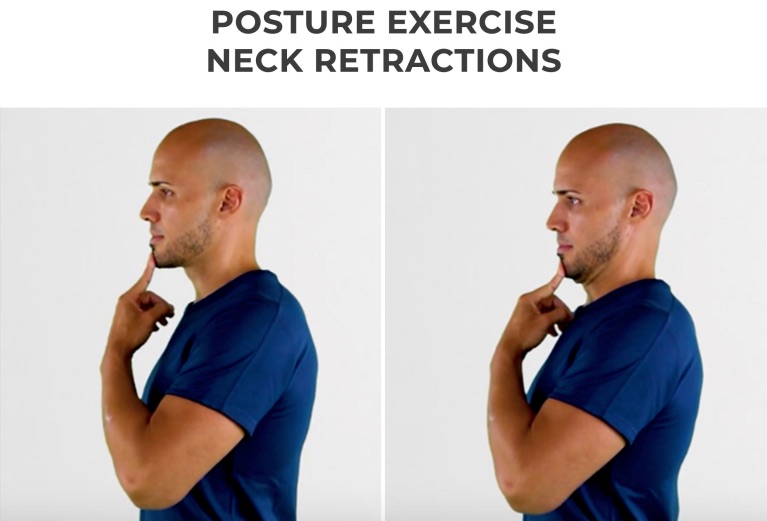

revealed that the chin-tuck posture decreased resting state distances from the hyoid bone to the larynx and mandible. reported that airway protection improves with the chin tucked by narrowing the laryngeal entrance. The vallecular space is also widened, which mitigates the risk of subglottic aspiration from premature food spillage. With the chin tucked, the anterior pharyngeal wall is pushed backward, thus narrowing the airway entrance. Īmong these, the “chin-down” or “chin-tuck” posture has been recommended to various patients with the expectation that it can reduce the risk of laryngeal penetration or aspiration. The chin-down, head rotation, head tilting, supraglottic swallowing, and Mendelsohn’s maneuvers are examples of commonly used strategies. Postural changes and maneuvers are simple and effective ways of improving the safety and efficacy of swallowing in many cases. Compensatory approaches include food modification, postural changes, and compensatory maneuvers. To alleviate dysphagia, restorative or compensatory approaches have been adopted.

Various neurological disorders and mechanical injuries can cause swallowing difficulties, namely dysphagia. Comparing DOWN and TUCK, only TUCK induced significant changes in the airway entrance, hyoid movement, and epiglottic base retraction. These results quantitatively elucidated the biomechanical influences of the chin-tuck maneuver including reduced horizontal movement of the hyoid bone, facilitation of vertical movement of the epiglottic base, and narrowing of the airway entrance.

In contrast, DOWN increased the horizontal excursion of the epiglottic base and reduced movement of the vocal cords. TUCK facilitated movement of the epiglottic base upward (TUCK vs. Only TUCK showed a significantly shorter anteroposterior diameter of the laryngeal inlet (TUCK vs. Although angles of anterior cervical flexion were comparable between DOWN (46.65 ± 9.69 degrees) and TUCK (43.27 ± 12.20), the chin-to-spine distance was significantly shorter in TUCK than in other positions. Resting state anatomy and kinematic changes were analyzed and compared between postures. A total of 40 healthy volunteers (20 men and 20 women) swallowed 10 mL of diluted barium solution in a “normal and comfortable” position (NEUT), a comfortable chin-down position (DOWN), and a strict chin-tuck position (TUCK). The purpose of the study was to investigate the influence of the chin-tuck maneuver on the movements of swallowing-related structures in healthy subjects and formulate standard instructions for the maneuver.


 0 kommentar(er)
0 kommentar(er)
